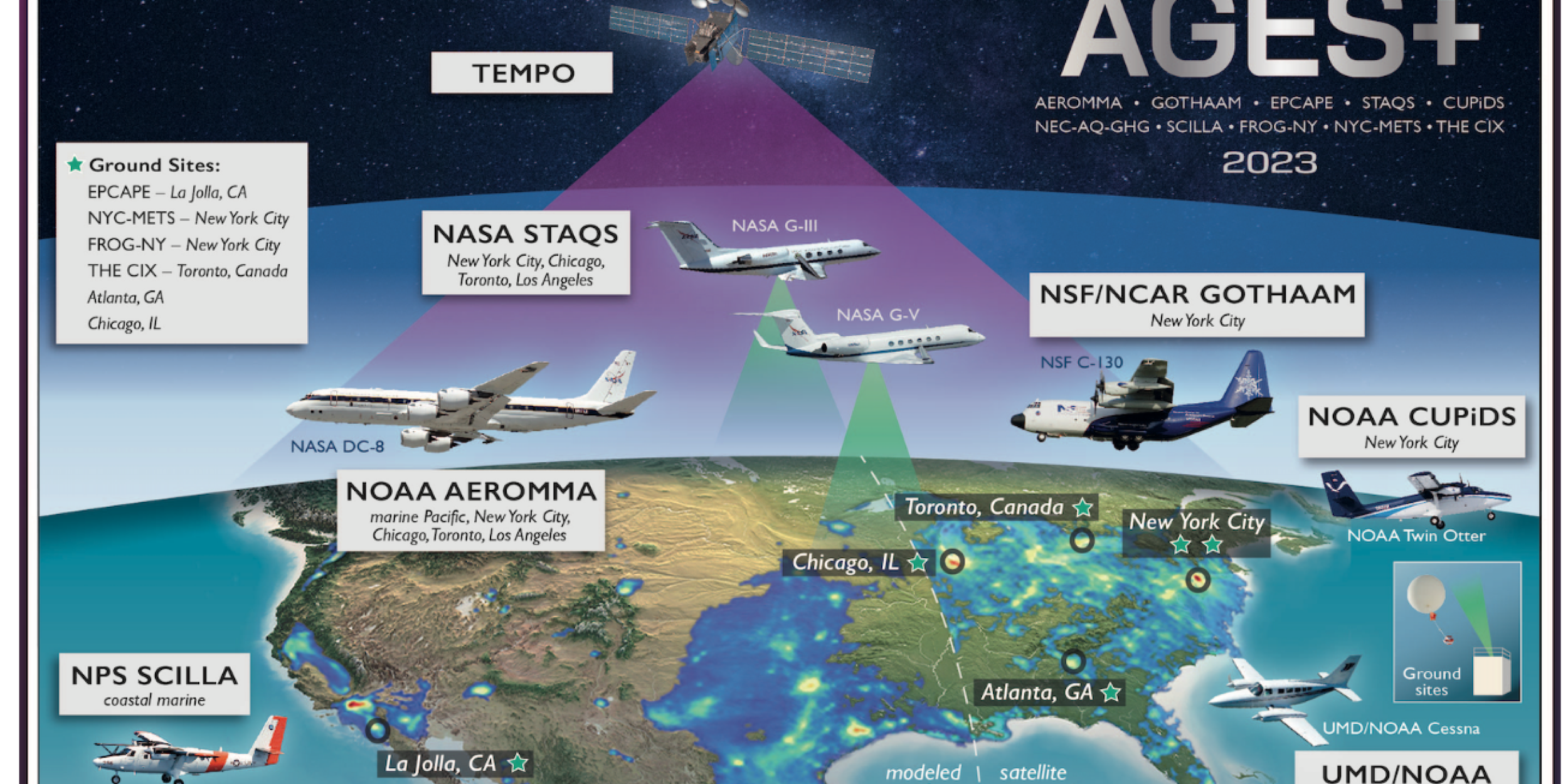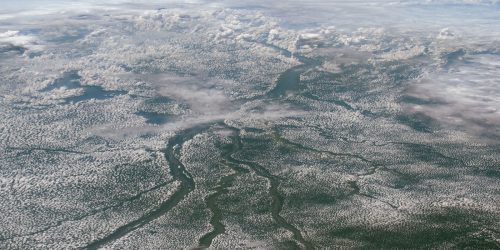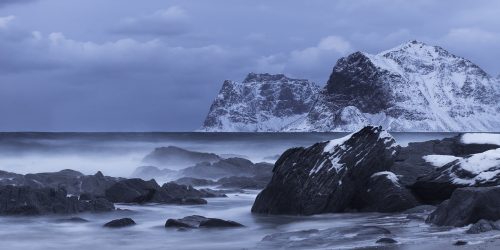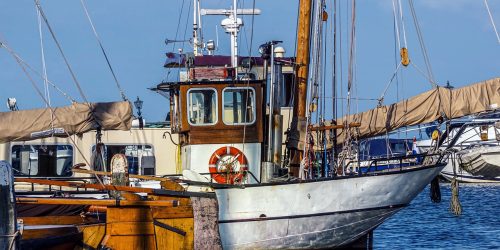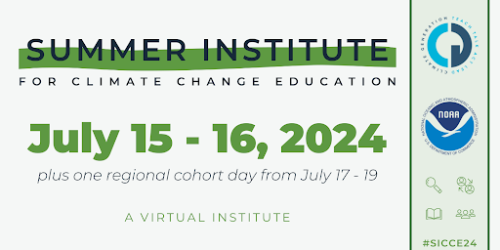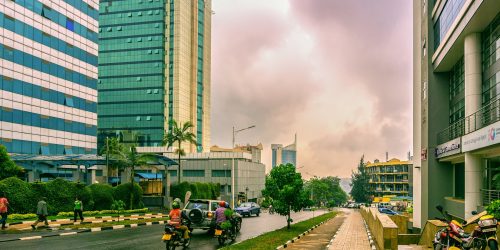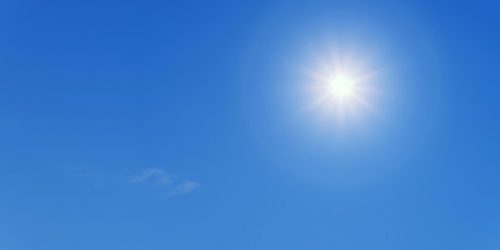Last month, scientists from NOAA, NASA and 21 universities from three countries deployed state-of-the-art instruments in multiple, coordinated research campaigns to investigate how air pollution sources have shifted over recent decades.
Since the 1970s, U.S. scientists and environmental regulators made significant strides in reducing air pollution by cleaning up tailpipe and smokestack emissions. Yet levels of two of the most harmful types of pollution, ground-level ozone and fine particulates, have decreased only modestly in recent years. Both still contribute to the premature deaths of more than 100,000 Americans every year.
In Manhattan, scientists carried air pollution sensors in backpacks in a NOAA pilot project to investigate surface ozone and PM2.5 in underserved neighborhoods in New York City, where pollution directly impacts human health, especially during heat wave events.
NBC Today Show weatherman and NOAA emissary Al Roker tagged along for a day of data collection in New York City. The full clip of his visit can be found here.
NOAA’s Climate Program Office Atmospheric Chemistry, Carbon Cycle, and Climate (AC4) and Earth Radiation Budget programs provided major funding for these and other affiliated studies for two consecutive summers, 2022 and 2023. The roof of City University of New York (CUNY) building hosted many state of the art science instruments making measurements of trace gases and aerosols, tracking their emissions, fluxes and chemical transformations in an urban environment. The effort was led by AC4-funded scientist Drew Genter from Yale University and his many academic and private sector collaborators from Columbia University, Aerodyne, Inc, University of Michigan, Georgia Tech, CUNY, University of Texas, and others. This year’s deployment started just after July 4 and was coordinated with flights of the NOAA Atmospheric Emissions and Reactions Observed from Megacities to Marine Areas (AEROMMA) campaign DC8 flights, and the NOAA Coastal Urban Plume Dynamics Study (CUPiDS) campaign Twin Otter flights.
Read about the multiple research campaigns here.


